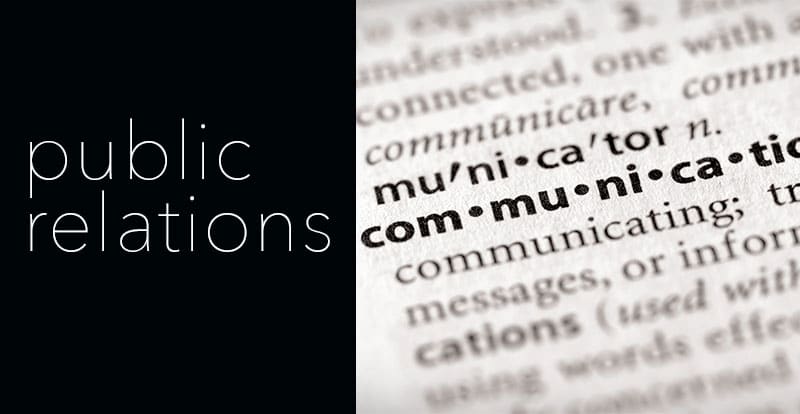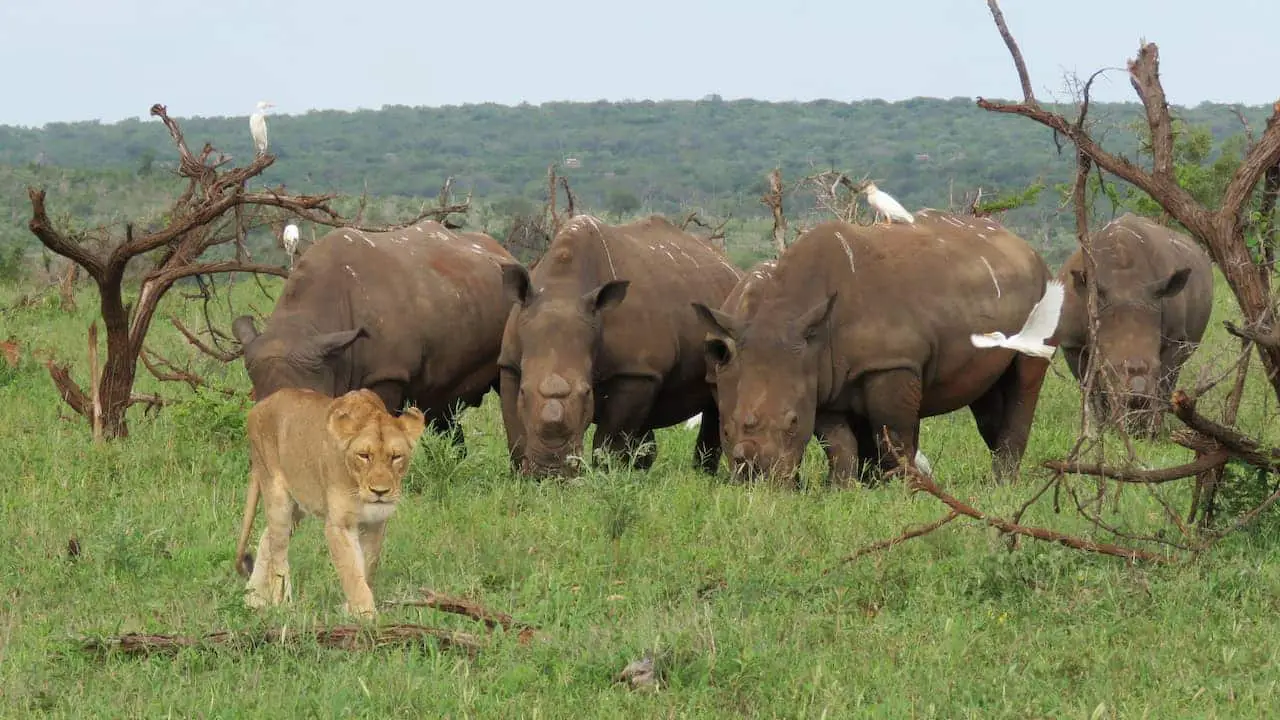6 Steps to Native Advertising Success
It’s not about the number, the exposure or even the CTR. Follow these 6 steps if you want native advertising success.
By Stine Bjerre Herdel.
Few companies who have the money to buy media space in the form of branded content are aware of the production process behind native advertising content, which determines if the campaign will be successful or not. So what follows is targeted advice for native advertising success – based on experience.
The ideal process behind native advertising success follows these six steps:
1. Accept that time is a good thing
The typical experience with a client who wants to run a campaign with sponsored content is that they want it – and they want it RIGHT NOW. They have a campaign budget and a product/message that needs to go out in May, so they call in the beginning of May to book a native campaign for… the beginning of May. This is a bad idea. Native advertising is strategic storytelling, and you cannot just do that overnight.
2. Use journalists or other skilled writers, not (only) marketers
It is not that I do not like marketers. But when it comes to Native Advertising, their roles have to fade into the background at some point. The time comes when the campaign has been booked and the production is about to begin.
At this point it is important that the company is available with sources, cases, and strategic communications contacts, so that the person writing the story has a nuanced, human, toolbox to dive into. You can truly create more authentic, human, fascinating, an engaging stories if you have a super-skilled expert-nerd writing the story.
3. Allocate internal resources to create good stories (REALLY good stories)
If you, as a company, think that you can “order 6 good stories for the native campaign in xx media”, and then just lean back, relax, and wait for the results, you are in for a surprise. Best-case scenario is that you are wrong. Worst case scenario is that you are wasting a lot of money and a lot of time. You cannot grab good stories out of thin air.
My advice: Give access to anyone and everything that may be available to deliver facts, inspiration, anecdotes, advice, etc. Give us something real; an awesome story with real knowledge. Something fascinating or relevant – that is what native advertising is about. It is ok if it is also about your product, but please: Make sure it actually creates value to the reader and is told in an interesting way. Which brings us nicely along to my 4th process point:
4. Quantity is not a parameter for success. Quality is!
Make sure the native content is well thought out on all parameters. Think about whether, or how, the story: Reaches the medium’s audience spot-on – right now (think newsjacking, customer journey, annual cycle of activities, etc.) Is as engaging as possible Is as fascinating as possible Creates as much value as possible Is as sharable as possible (this will really multiply your results).
5. We are working with “fluffy” material here. Adjust your KPI’s accordingly.
Native advertising can be a fluffy thing when it comes to measuring, especially if you’re the type of person who likes a cold-hard ROI. Usually we spend a lot of time looking at impressions, CTR (Click through rates), leads, and sales, when we’re discussing traditional banner campaigns.
CTR is definitely still interesting and relevant for native campaigns, because it indicates how many people are showing interest by clicking into the article. But that is where I personally believe the relevance stops. Because what does it help if readers click on it, if they click right back out again?
It is far more relevant to look at the factor known as “Time Spent”; that is, how long they spend reading the article. Time spent can be very high when it comes to native, and that means that readers are actually choosing to spend several minutes of their valuable time – with your brand! How often does that happen?
6. Do it well. Anything else is killing native AND journalism (and we don’t want that).
At the start of this article I wrote that I would explain why I believe it is so important to focus on the process behind native advertising: My hypothesis is that we will far too easily water out native advertising if we do not respect that it is a special format that comes to life under special conditions. It is not a product ad. It is not an advertorial. It is not a banner ad. It should not just “look as much like the other stuff in the magazine as possible.”
Native advertising is strategic storytelling. It is good stories communicated with ideal respect for the reader and for the identity and the content of the media in which is brought. It is an honest format, which should never cheat its way to more readers through link-bait articles, or by pretending to be editorial content. Native stories should be of a high enough quality that the readers choose to read them, even though they can tell that a company has sponsored the content.
Most importantly: Native must never disturb or take priority over the editorial content. Native advertising survives on a strong editorial identity and journalistic credibility in a responsible medium. If you slack on credibility and integrity, native cannot survive. It will die. As will the media. And there goes a great business model. So do it well.
About the author: Stine Bjerre Herdel is the Nordic Concept & Content Lead at Nordea in Denmark.
Published with acknowledgement to the Native Advertising Institute, who help marketers become successfull with native advertising by providing insights and tools such as case studies, best practices, how-to guides, analysis, industry news and research. www.nativeadvertisinginstitute.com




